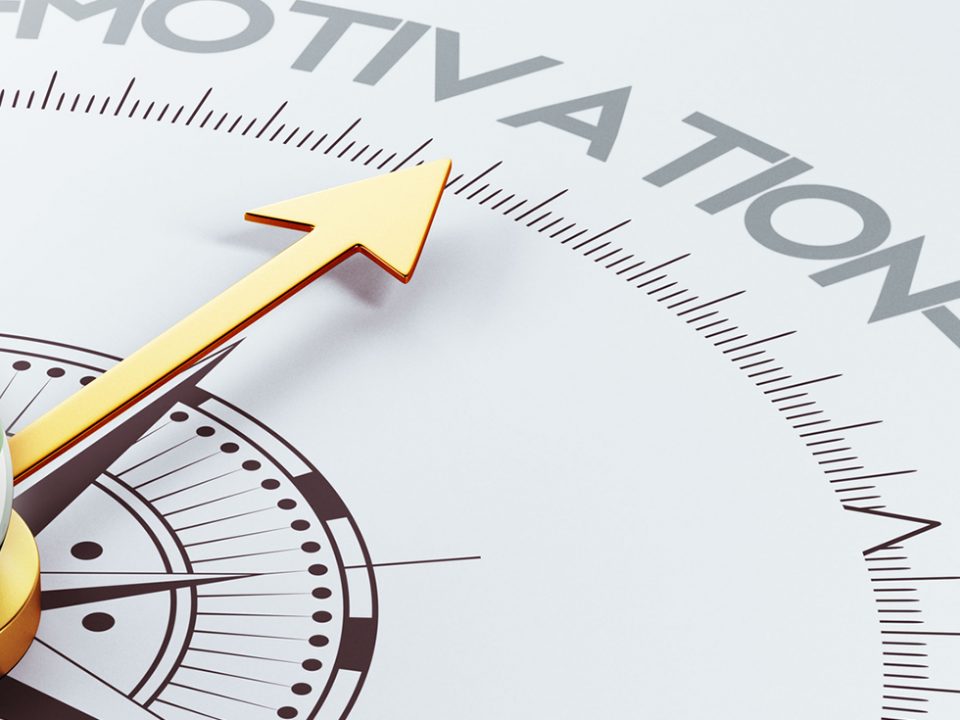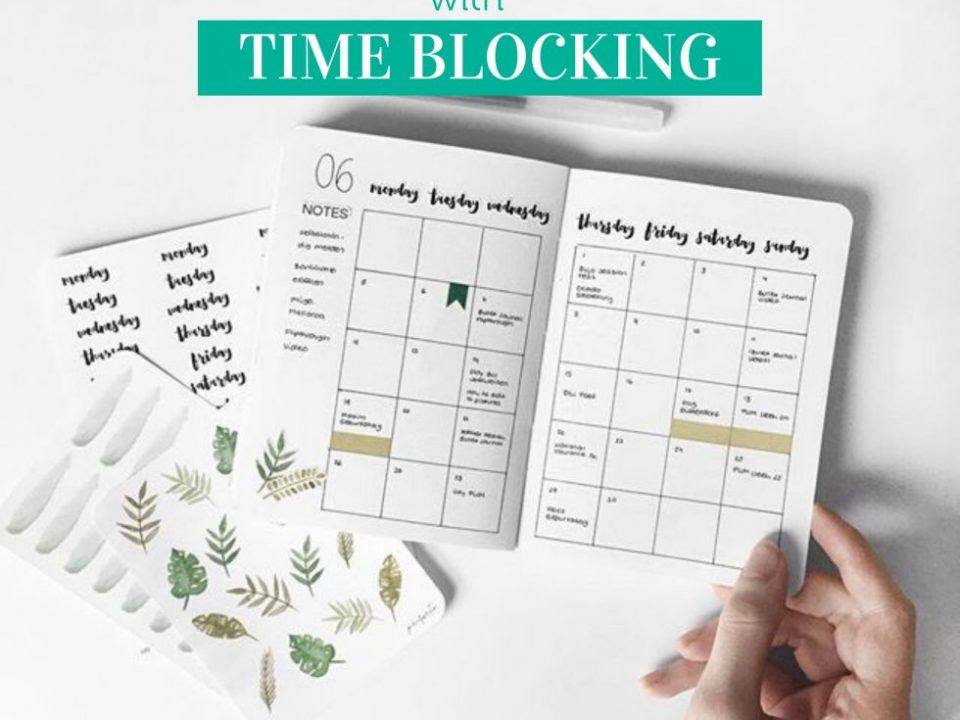
I have a dog named Olive. She a sweet and loving little black Cockapoo. She literally is my constant companion and a joy in every way. There are times when I call Olive and she doesn’t come. It is as if she isn’t listening to me. I call her name with a little more vigour and volume, but she still doesn’t come. I realize, not just through dog training, which is really people training, that the issue isn’t with Olive. It rests with me. I need to get better at how I communicate so that she has an easier time of listening.
My experience with Olive got me thinking about what it feels like to be listened to. For me, I feel a sense of calmness, of validation, of being understood. When someone takes the time and makes the effort to really listen, it builds the foundation for trust and respect; two of the most crucial underpinnings of success in any type of relationship.
I invite you to take a few seconds to consider what you feel when someone really listens to you and you know they understood the full extend of what you’re expressing.
There are clear verbal and non-verbal signals that allow us to recognize that the receiver of our message is actively listening. Here are some surprising, but true facts about what people can pick up from us:
- 7% is communicated through words
- 53% through body language
- 40% through tone and feeling
There are also clear signs of poor listening skills. I’ve included one of my favourite video clips from the TV series, The Big Bang Theory to demonstrate poor listening skills.
Signs of poor listening skills
- spacing out/daydreaming
- pretending or faking paying attention
- selective listening only for facts or tuning out to difficult material
- interrupting
- judging or debating
I think Sheldon from The Big Bang Theory is a pro at demonstrating poor listening skills. So fun to watch, don’t you think?
It might not be so fun if you recognize that you have Sheldon-like tendencies when it comes to listening. Whenever I ask workshop participants about their listening skills, they tend to rate themselves favourably as being effective at active listening. After we go through a series of role-playing exercises to demonstrate levels of listening and then share feedback, the results are thought-provoking. People struggle more than they realized. They frequently interrupted and judged or debated with the person speaking even when asked as part of the exercise to simply listen.
Want to know more about active listening? Stay tuned for Part 2!



